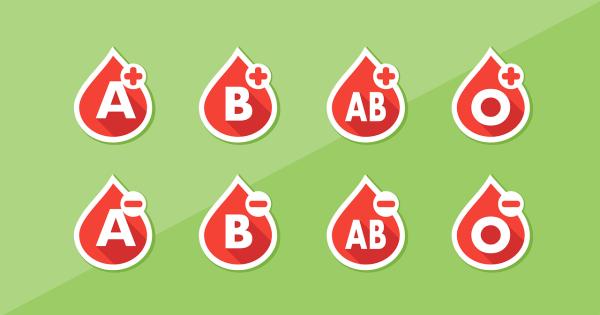Short answer, the blood supply is safe, and the bans now are more individually based and in step with other countries like Canada. Let’s take these one at a time.
There will be no change in the testing of donated blood for HIV, or Hepatitis B or C. Full Stop! Testing now involves pooling 16 donor samples and testing for these viruses. If a pooled sample is found to be positive, all 16 samples are individually tested, and the contaminated blood donations removed. Testing with pooled samples, which you may remember from discussions of COVID testing earlier in the pandemic, is an economical way of screening large numbers quickly when resources are scarce or expensive, or when the percentage of positive results is low.
The new FDA proposal, open for a 60-day comment period, has not yet been finalized. It is more inclusive of men who have had sex with men (MSM) or women who have had sex with MSM men. In 2015 the complete ban on MSM men ended as the FDA allowed MSM men whose most recent sexual contact was one year previously to be donors. In 2020, facing a blood shortage due to COVID and lockdowns, the period of REQUIRED abstinence was reduced to 3 months.
The latest iteration of FDA policy would simply ask if donors “had new or multiple sexual partners in the past three months. If the answer is yes, the donors would then be asked if they had anal sex during that period. If so, they would be deferred.”
The increased inclusivity comes with some continued restrictions,
- The three-month deferral remains for those with other HIV risk factors, i.e., injection of “nonprescription” drugs or sex for money or drugs
- Those having or having been treated for HIV who are deferred permanently
- Those taking prophylactic HIV medication (PrEP) would also be delayed; 3 months for oral use and two years for those using injectable PrEP. Here the concern is a false negative test of the blood sample. For banked blood, undetectable is not necessarily untransmittable.
In essence, the FDA is increasing the donor pool for individuals they believe will be HIV-negative, and the protections against the absolute presence of HIV remain in place. The donor pool is being expanded because of a continuing shortage of blood.
Blood shortages
Blood has a shelf life; it cannot be stored indefinitely for that day of heightened need. Most blood is broken down into components, red cells, plasma, and coagulation factors, all with their own shelf lives, which extends storage times. The current national shortage is driven by two factors, a shrunken donor pool because of lockdowns and COVID and a reduced workforce to move the blood from your arm into its many different storage forms. Here are the fun facts:
- Roughly 6.8 million of us are blood donors, contributing to the 16 million blood components transfused.
- Among those receiving blood transfusions are people injured due to a range of traumas. About 8% of trauma patients require blood, but only a small percentage require massive transfusion (more than ten units), accounting for 71% of all the blood transfused in a Level I trauma center.
- Patients undergoing cancer treatment receive approximately 25% of our blood supply. And there are other hematologic diseases, like the 100,000 individuals with sickle cell anemia in the US, requiring transfusion throughout their life.
- Surgeons who anticipate significant blood loss during surgery, e.g., trauma, gunshot wounds, liver resection, and cardiovascular surgery, can use cell-saver technology, where blood lost by a patient is recovered, washed, and ultimately transfused. This is done in 60 to 80% of cases reducing the stress on our blood supply
Bottom-line: The new FDA risk assessment provides for a greater pool of donors without increasing the risk of transfusion to recipients. Advances in technology, including blood cell savers and medications designed to boost our blood replenishment, are additional ways we ensure that a need for blood or its products is not a bottle-neck in medical care.
Source: FDA proposes individual risk assessment for blood donations




